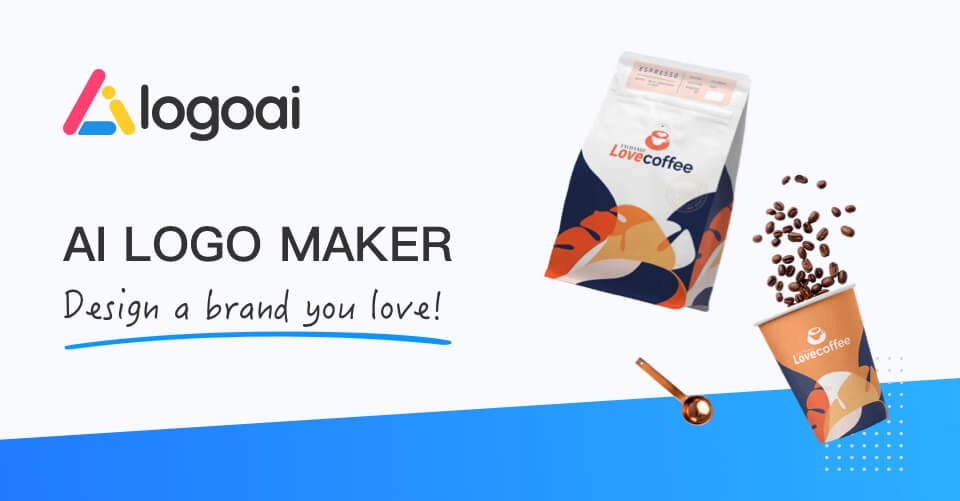- (The) Secret Sales Pro
- Posts
- Conquering the RFP
Conquering the RFP
A Guide to Winning Proposals for Sales Pros

The Request for Proposal (RFP) remains a cornerstone of the complex sales landscape. While securing meetings and building relationships hold immense value, a well-crafted RFP response can be the key that unlocks the door to a lucrative new client. However, navigating the intricacies of RFPs in 2024 requires a strategic approach that begins well before the RFP is even issued.
This informative guide equips you, the sales professional, with the tools and tactics to transform RFPs from daunting tasks to exciting opportunities. Learn how to cultivate relationships, craft compelling proposals that showcase your expertise, address client needs, and ultimately, propel you towards securing that coveted contract.
Building the Foundation for Success: Cultivating Relationships Before the RFP
The ideal scenario? Having a trusted relationship with the prospect before they issue the RFP. Here's how to cultivate that foundation:
Proactive Engagement: Don't wait for the RFP. Identify potential clients facing challenges your solution addresses, and initiate conversations to understand their needs and pain points. Become a trusted advisor, not just a salesperson.
Industry Expertise: Establish yourself as a thought leader within your industry. Publish insightful content, participate in relevant conferences, and position yourself as a valuable resource for potential clients.
Building Trust: Focus on building genuine connections with key decision-makers. Listen attentively, provide valuable insights, and demonstrate a genuine desire to understand their specific challenges.
Understanding the RFP Landscape in 2024:
The modern RFP landscape is still characterized by the following:
Increased Scrutiny: Decision-makers are more discerning than ever. Proposals lacking focus or failing to demonstrate a clear understanding of the client's needs will be promptly discarded.
Data-Driven Decisions: Data reigns supreme. Support your claims with statistics, industry benchmarks, and quantifiable results whenever possible.
Focus on Value: Move beyond simply listing features; translate them into tangible benefits that directly address the client's challenges and business goals.
Crafting a Winning RFP Response: A Step-by-Step Guide
Once you've established a foundation of trust, you can leverage that relationship to craft a winning RFP response. Here's a breakdown of the key steps involved:
1. Pre-qualification: Assess the Opportunity (Building on Your Relationship)
Leverage your existing knowledge: Use your established relationship to gain a deeper understanding of the client's specific needs and priorities. This will help you assess whether your company is a good fit for the project.
Actionable Tip: Don't waste time on proposals your company isn't well-suited for. Focus your efforts on RFPs that align with your expertise and value proposition, as identified through your prior conversations.
2. Assemble Your Response Team:
Form a cross-functional team: Involve representatives from sales, solution architects, and marketing to ensure a comprehensive and well-rounded response.
Actionable Tip: Leverage the strengths of your team members. Involve technical specialists for solution details and marketing experts for compelling messaging.
3. Deconstructing the RFP: Understanding the Requirements
Carefully review the RFP document: Identify the scope of work, client pain points, evaluation criteria, and submission deadlines.
Conduct internal research: Determine if your company possesses the resources and expertise to meet the client's requirements.
Actionable Tip: Don't waste time on proposals your company isn't well-suited for. Focus your efforts on RFPs that align with your expertise and value proposition.
4. Crafting Your Value Proposition:
Go beyond features, focus on benefits: Explain how your solution will solve the client's specific problems and deliver tangible results.
Quantify value whenever possible: Use data, case studies, and ROI calculations to demonstrate the positive impact your solution will have on the client's business.
Actionable Tip: Tailor your value proposition to the specific needs outlined in the RFP. Don't use generic messaging; demonstrate a deep understanding of the client's unique challenges.
5. Building Your Case: Showcasing Expertise and Credibility
Highlight relevant experience: Showcase successful implementations with similar clients facing comparable challenges.
Include expert testimonials: Demonstrate industry recognition by incorporating endorsements from satisfied customers or respected industry figures.
This post contains references to offerings from one or more of our partners also called affiliate links. We may receive compensation when you click on links to and/or purchase or make use of those offerings. None of these offerings include any additional cost to you.
Actionable Tip: Don't simply list past clients; weave a narrative that demonstrates how your expertise translates into successful solutions for clients with similar needs.
6. Proofreading and Polishing: The Finishing Touches
By following these guidelines and fostering strong relationships with potential clients, you can transform RFPs from roadblocks into springboards for success in the competitive world of sales.


Reply